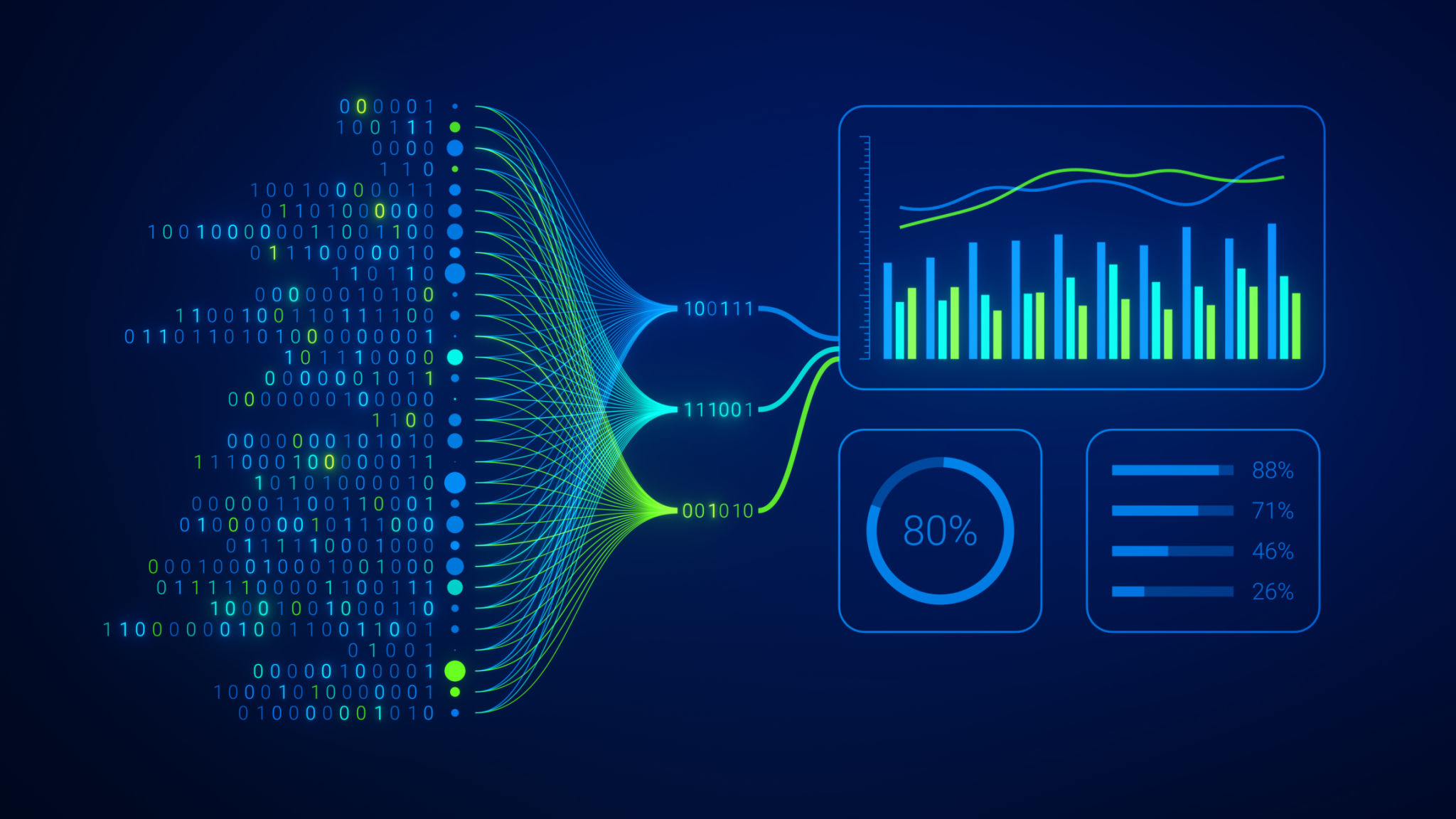Mastering Deep Neural Networks: A Comprehensive Guide for Beginners
Understanding Deep Neural Networks
Deep neural networks (DNNs) have become a crucial tool in modern artificial intelligence, powering everything from recommendation systems to advanced robotics. At their core, DNNs are composed of layers of interconnected nodes, or "neurons", which process data in a manner inspired by the human brain. For beginners, understanding how these networks function can seem daunting, but breaking down the components can simplify the learning process.

The Basics of Neural Networks
Before diving into deep neural networks, it's essential to grasp the fundamentals of a simple neural network. A basic neural network consists of an input layer, one or more hidden layers, and an output layer. Each neuron in a layer is connected to neurons in the next layer, and each connection has a weight that adjusts as learning proceeds. This structure allows the network to learn patterns and make predictions.
The process of training a neural network involves adjusting these weights based on the difference between the predicted and actual outcomes. This is achieved using a method called backpropagation, which fine-tunes the weights to minimize errors. Understanding this concept is critical as it forms the backbone of how DNNs operate.

Exploring Deep Learning Techniques
Deep learning refers to utilizing multiple hidden layers in a neural network to capture complex patterns in data. These networks are "deep" because they have more layers than traditional neural networks. This depth allows them to model intricate relationships and perform tasks such as image and speech recognition with high accuracy.
Common architectures used in deep learning include Convolutional Neural Networks (CNNs) for image processing and Recurrent Neural Networks (RNNs) for sequential data like text or time series. Each type of architecture is tailored to specific kinds of data and tasks, making it crucial for beginners to understand their applications and differences.

Training Deep Neural Networks
Training deep neural networks involves more complexity than simpler networks due to their depth and the vast number of parameters involved. Key techniques to improve training include using optimization algorithms like Stochastic Gradient Descent (SGD) and employing regularization methods such as dropout to prevent overfitting.
Another critical aspect is selecting appropriate activation functions for neurons, such as ReLU (Rectified Linear Unit), which helps in accelerating convergence during training. Mastery of these techniques ensures that the DNNs perform efficiently and accurately on diverse datasets.
Tools and Frameworks
Several tools and frameworks facilitate building and training DNNs more efficiently. Popular frameworks include TensorFlow, PyTorch, and Keras, each offering unique features that cater to different needs. These platforms provide pre-built functions and operations that streamline the creation of complex models.

Beginners are encouraged to start with Keras due to its user-friendly interface and comprehensive documentation. As proficiency grows, exploring other frameworks like TensorFlow or PyTorch can offer additional flexibility and control.
Practical Applications
The real-world applications of deep neural networks are vast and varied. They are used in healthcare for predicting disease diagnoses, in finance for algorithmic trading, and in autonomous vehicles for navigation. Understanding these applications not only motivates learning but also helps in identifying potential career paths or project ideas.
By mastering deep neural networks, individuals can contribute to innovative solutions that transform industries and improve lives globally.
